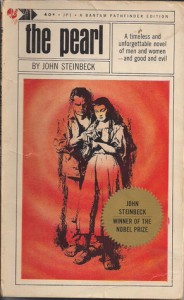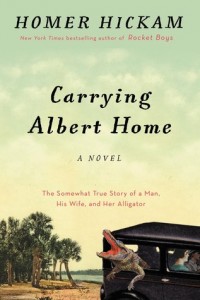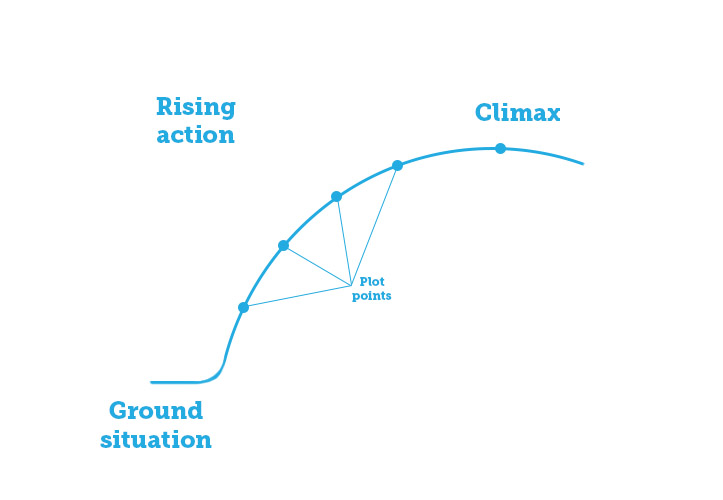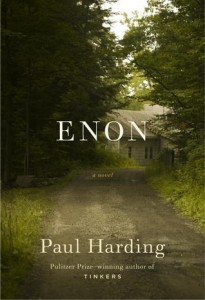 The first time I read The Pearl by John Steinbeck was in junior high. It was the book that made me hate symbolism. All I can remember is my teacher going on and on about the pearl of great price—a litany that landed with such a thud in my heart that I decided never to study literature lest I come to hate books.
The first time I read The Pearl by John Steinbeck was in junior high. It was the book that made me hate symbolism. All I can remember is my teacher going on and on about the pearl of great price—a litany that landed with such a thud in my heart that I decided never to study literature lest I come to hate books.
So I don’t know what made me re-read the book this week, but I’m glad I did. I still heard that “pearl of great price” echo throughout my read, but I also learned to appreciate the book as a work of art, and I fell under the spell of the symbolism after seeing it in its natural environment and getting to experience the metaphor and message rather than have them dictated to me. The book opened up for me and helped me attach language to the experience of being a new mother.
The Sound of a Fable
The prologue to The Pearl immediately set me in the fabulous or folkloric space:
In the town they tell the story of the great pearl—how it was found and how it was lost again. They tell of Kino, the fisherman, and of his wife, Juana, and of the baby, Coyotito. And because the story has been told so often, it has taken root in every man’s mind. And, as with all retold tales that are in people’s hearts, there are only good and bad things and black and white things and good and evil things and no in-between anywhere.
This paragraph is a gorgeous piece of expectation setting. I knew something about the characters. I knew the story would be filled with archetypes. And I knew it would have the weight of a moral. All of this information is gorgeously wrapped up in that tiny paragraph and still it feels like literature rather than a lesson.
The book then opens in a scene of Kino waking. Within the first page we see the dawning of a family’s peaceful day with the baby in a hanging box and Kino’s wife pleasantly by his side. Steinbeck calls their rhythm “the song of family” and there is no better description for it. And although the nature of such a story is that the song must change, the interruption of a scorpion climbing down toward Coyotito’s crib is no less menacing than the introduction of the wolf in Prokofiev’s “Peter and the Wolf.”
Steinbeck weaves other “songs” into the narrative including the (siren) song of the pearl. I kept wanting to have the skills to create a movie from this film that was scored entirely with these songs. It’s a gorgeous way of telling a story that works especially well for this form and I could feel the threads coming together as the baby gets sick, Kino fishes for (and finds) a great pearl, and the town reacts to their newfound wealth.
The Song of Family
I could not have appreciated the song of family in the same way the first time I read this book as a teenager. The family you are born into is more of a given and it’s hard to know what life would feel like without that family. But having recently given birth to a child, I had a whole new appreciation for exactly what that song of family is. The song of family is the daily rhythms of the things we do to sustain our lives with the ones we love. For Kino and Juana it’s cooking and cleaning and nursing the baby. For me it’s waking and feeding and changing. It’s going downstairs mid-day to relax on the couch and do tummy time. It’s working with my husband to make sure the bottles are clean and it’s singing to the baby in the evenings to try and get the baby to sleep. It’s curling up with my husband for an hour or two after the baby finally does sleep.
The song of family is the most beautiful thing in the world and the most important to me. Reading The Pearl, I thought of my own impending interruption to this song (enter Peter’s wolf) when my (very generous) maternity leave is up at the end of this month. I hope I will remember every day how beautiful and important this song is and how lucky I have been to be immersed entirely in it for the past four months. It’s a dream I’m not ready to wake from and I keep thinking that there’s an alternative narrative where I don’t have to (like if Kino had followed Juana’s wishes early on or they had been able to escape the song of the doctor), but at least the real world is not black and white like a fable and I can enjoy the greys of getting to experience both the song of work and the song of family.
There is much, much more to The Pearl. Like all great literature, it’s a book that will grab onto and speak to different readers in different ways. It’s also a very short book—I read it in the space of a rare but much appreciated afternoon bath—and I highly recommend you revisit it sometime soon.
If you want to experience the magic of the song of family or the song of the pearl, pick up a copy of The Pearl from Bookshop.org. Your purchase keeps indie booksellers in business and I receive a commission.
 I might be the last person on the planet to actually read Maya Angelou’s Poems, but I’ve finally done it and I’m so glad I waited because in reading this book aloud to my newborn son I was able to fully appreciate not only the content of her writing but the musicality as well.
I might be the last person on the planet to actually read Maya Angelou’s Poems, but I’ve finally done it and I’m so glad I waited because in reading this book aloud to my newborn son I was able to fully appreciate not only the content of her writing but the musicality as well. The first night my husband read me a chapter from The Ocean at the End of the Lane by lamplight as I nursed our son, I was certain the story was more than made up. As the narrator returns to his childhood home, I could feel Neil Gaiman flashing glimpses of his childhood into the story. Something about smudging the line between truth and fiction made the book even more of a joy to read (and to listen to) as we followed the fantastic journey of a man reliving a few magical and terrible days in his childhood.
The first night my husband read me a chapter from The Ocean at the End of the Lane by lamplight as I nursed our son, I was certain the story was more than made up. As the narrator returns to his childhood home, I could feel Neil Gaiman flashing glimpses of his childhood into the story. Something about smudging the line between truth and fiction made the book even more of a joy to read (and to listen to) as we followed the fantastic journey of a man reliving a few magical and terrible days in his childhood. I was delighted when my review copy of Carrying Albert Home by Homer Hickam arrived in the mail. Not only was I not expecting it, but I’d felt such a close connection with the film October Sky (based on Hickam’s memoir Rocket Boys) that I was looking forward to learning more about his family. And the timing could not have been more perfect.
I was delighted when my review copy of Carrying Albert Home by Homer Hickam arrived in the mail. Not only was I not expecting it, but I’d felt such a close connection with the film October Sky (based on Hickam’s memoir Rocket Boys) that I was looking forward to learning more about his family. And the timing could not have been more perfect.
 I picked up Enon by Paul Harding on a rare trip to the bookstore in the first few weeks of my son’s life. I did not know then what the book was about, but I had so enjoyed Tinkers that I was glad to take a chance on what I knew would be a solidly written piece of fiction. I did not know that it was going to make me question how emotion is and should be conveyed in literature.
I picked up Enon by Paul Harding on a rare trip to the bookstore in the first few weeks of my son’s life. I did not know then what the book was about, but I had so enjoyed Tinkers that I was glad to take a chance on what I knew would be a solidly written piece of fiction. I did not know that it was going to make me question how emotion is and should be conveyed in literature.